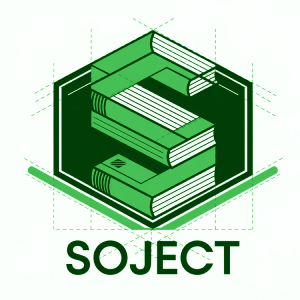What is Project Governance?
Project governance involves the processes, policies, and procedures guiding project decision-making to ensure project success. It defines roles, establishes a decision-making framework, and manages project risks. A robust project governance framework helps reduce risks, enhance stakeholder engagement, and improve outcomes. Effective project governance ensures projects are delivered on time, within budget, and with high-quality results.
The Importance of Project Governance for Success
Project governance is crucial for project success as it provides a framework for decision-making and ensures alignment with organizational goals. It reduces the likelihood of project failure, delays, cost overruns, or quality issues. Effective project governance promotes transparent and informed decision-making, mitigates risks, and fosters trust and collaboration among stakeholders.
Key Elements of a Project Governance Framework
A strong project governance framework includes:
- Defined decision-making process
- Clear roles and responsibilities for stakeholders
- Established project management methodology
- Effective communication channels
- Comprehensive risk management
Developing a Project Governance Framework – Step by Step Guide
Follow these steps to develop a robust project governance framework:
- Define project objectives
- Identify project stakeholders
- Define decision-making processes
- Establish communication channels
- Develop risk management strategies
- Define project management methodology
- Establish governance structures
- Implement the project governance framework
Roles and Responsibilities in Project Governance
Clear roles and responsibilities are crucial for effective project governance. Key roles include:
- Project sponsor: Provides the project vision and secures funding
- Project manager: Manages day-to-day project activities
- Project team members: Execute project tasks and deliver outcomes
- External partners or vendors: Deliver project outcomes
Types of Project Governance Models
Organizations can adopt different project governance models, including:
- Centralized governance: Decision-making centralized within a small group of stakeholders
- Decentralized governance: Decision-making distributed among project team members
- Hybrid governance: Combination of centralized and decentralized decision-making
Best Practices for Project Governance
Effective project governance is supported by the following best practices:
- Engage all project stakeholders
- Define clear roles and responsibilities
- Establish communication channels
- Develop risk management strategies
- Regularly review and update the project governance framework
Measuring Project Governance Success
Measuring project governance success ensures continuous improvement. Key metrics include:
- Project success criteria
- Project metrics aligned with success criteria
- Stakeholder feedback
Common Challenges in Project Governance and How to Overcome Them
Address common challenges in project governance with these strategies:
- Lack of stakeholder engagement: Involve stakeholders early and often in project decisions
- Misaligned project objectives: Clearly define and communicate project objectives
- Poor communication: Establish clear communication channels for all stakeholders
Conclusion
Developing a strong project governance framework is essential for project success. It provides a structured approach to decision-making, risk management, and stakeholder engagement. By following best practices and continuously measuring success, organizations can unlock success in their projects and achieve their goals.

